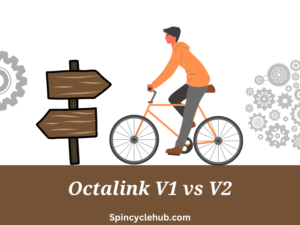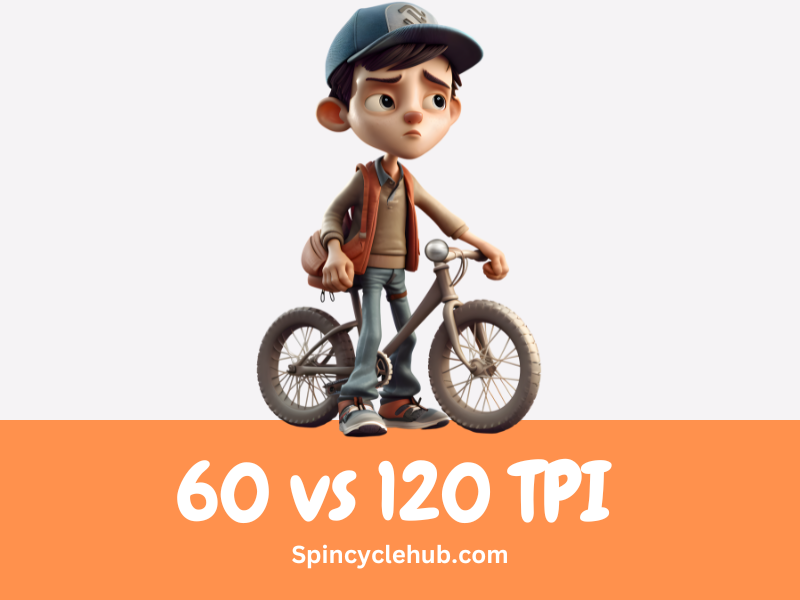Introduction
If you’ve ever dabbled in the world of cycling, you’re likely familiar with the constant evolution of bicycle components. One area of ongoing debate among enthusiasts is the comparison between Octalink V1 and V2 crankshaft systems. These two iterations of Shimano’s popular crankset design have sparked numerous discussions, with cyclists weighing the pros and cons of each. In this article, we’ll take a closer look at Octalink V1 and V2, dissecting their features, benefits, and potential drawbacks. So, grab your helmet and let’s dive in!
What is Octalink?
Octalink is a splined crankshaft interface system developed by Shimano. It was introduced as an alternative to the traditional square-taper bottom bracket design. The Octalink system aims to provide improved power transfer, increased stiffness, and better overall performance. Let’s explore the differences between Octalink V1 and V2.
Octalink V1: The Pioneer
Octalink V1 was the first iteration of the Octalink system to hit the market. It features a 9-spline interface and a larger diameter spindle compared to the square-taper design. This increase in diameter enhances the rigidity and strength of the crankset, resulting in better power transfer from the rider to the pedals.
Benefits of Octalink V1
– **Enhanced Stiffness**: Octalink V1’s larger diameter spindle provides improved stiffness, reducing flex and increasing power transfer efficiency.
– **Increased Durability**: The 9-spline interface of Octalink V1 enhances the connection between the crank arms and the bottom bracket, leading to improved durability and longevity.
– **Compatible with Various Bottom Bracket Types**: Octalink V1 is compatible with different bottom bracket standards, offering versatility to cyclists.
Drawbacks of Octalink V1
– **Limited Availability**: As newer crankset designs have emerged, Octalink V1 components have become less common in the market. Finding replacements or upgrades might be challenging.
– **Lack of Weight Savings**: Octalink V1’s larger diameter spindle results in a slightly heavier crankset compared to other contemporary designs.
Octalink V2: The Evolution
Building upon the success of its predecessor, Shimano introduced Octalink V2 with a refined design and improved features. Octalink V2 features a 10-spline interface and a narrower spindle, further enhancing performance and compatibility.
Benefits of Octalink V2
– **Enhanced Power Transfer**: The 10-spline interface of Octalink V2 provides an even tighter connection between the crank arms and the bottom bracket, translating into superior power transfer.
– **Improved Compatibility**: Octalink V2 is designed to work with a broader range of bottom bracket standards, ensuring compatibility with various frames and setups.
– **Reduced Weight**: Octalink V2’s narrower spindle design contributes to a slight reduction in weight compared to its predecessor, making it an attractive choice for weight-conscious riders.
Drawbacks of Octalink V2
– **Decreased Availability**: As newer crankset technologies emerge, the availability of Octalink V2 components might also diminish over time.
– **Compatibility Limitations**: Although Octalink V2 boasts improved compatibility, it may not be compatible with all frame designs and bottom bracket standards.
Conclusion
In the Octalink V1 vs. V2 showdown, both versions offer their respective advantages and drawbacks. Octalink V1 provides enhanced stiffness and durability, but its availability may be limited, and it lacks the weight savings seen in newer designs. On the other hand, Octalink V2 offers improved power
transfer, wider compatibility, and reduced weight, but it too may become less available as time goes on. Ultimately, the choice between Octalink V1 and V2 depends on your specific needs, riding style, and compatibility requirements. So, when it’s time to upgrade your crankset, make an informed decision based on these factors and get ready to enjoy the ride!
FAQs
1. Can I use Octalink V1 crankset with an Octalink V2 bottom bracket?
No, Octalink V1 and V2 components are not compatible with each other. Ensure you choose the appropriate crankset and bottom bracket combination.
2. Is Octalink V2 significantly lighter than V1?
While Octalink V2 does offer a slight weight reduction compared to V1, the difference may not be significant enough for weight-obsessed riders.
3. Are Octalink cranksets still relevant in the cycling industry?
With the emergence of newer crankset designs, Octalink systems have become less prevalent. However, they still have their dedicated fan base and can be found in certain cycling circles.
4. Can I upgrade from Octalink V1 to V2 without changing my bottom bracket?
In most cases, upgrading from V1 to V2 requires replacing both the crankset and the bottom bracket, as the two versions are not compatible.
5. Are there any alternatives to Octalink cranksets?
Yes, there are several alternatives available in the market, such as Hollowtech II from Shimano or GXP from SRAM, which offer their own set of features and advantages.
Watch this one,
Video Credits – Survive on Wheels
DOWNLOAD THIS ARTICLE :Octalink V1 vs V2
You May Also Like
- Fuji Serial Number Lookup: Unraveling the Secrets of Your Fuji Camera
- Shimano Altus vs. Deore: Battle of the Bike Components
- Brakes on Bullhorn Handlebars: Enhancing Safety and Control
- 60 vs 120 TPI: Unraveling the Thread Count Mystery




